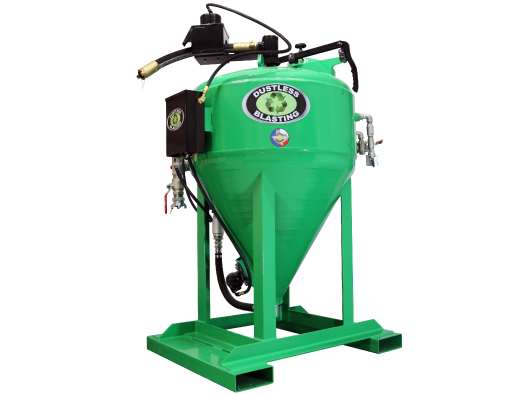Blast Pot Buying Guide
In this guide, we will help you select the right blast pot for your specific needs or business. There can be a lot of important considerations to make when investing in a quality blast pot, which is why we aim to provide you with important information to make the best decision for your operations.
When selecting any blast pot, you should consider the following: desired continuous runtime, nozzle size, budget, and air compressor size. Each variable will determine how efficient and ultimately successful you are.
What Size Blast Pot Do I Need?
Each blast pot can effectively strip various coatings from nearly any surface. The primary distinction between each machine lies in their abrasive capacity, or as commonly referred to, the continuous runtime before you need to pause and refill with your chosen media.
Opting for a larger blast pot enables quicker completion times since the operator won't need to pause as often to refill the machine with media.
If you're blasting small parts, a shorter runtime won't matter much to you. If you're blasting surfaces or equipment that have a large footprint, you'll want to opt for a blast pot with a longer runtime.

-3.png?width=1200&length=1200&name=blast-pot-DB800-render-small%20(1)-3.png)

What Compressor Do I Need To Operate A Blast Pot?
When selecting any media blaster on the market, the most critical factor to consider is your air compressor's capacity - whether you own one or plan to rent. The blast pot is what allows you to complete the job, but the compressor determines how quickly you're able to complete it.
Once the blast pot is pressurized, the compressor needs to have enough air flow to keep the pot at it's minimum PSI and still have enough CFM's to allow pressure out of the nozzle. If your compressor can't keep up with the amount of air you are releasing at the nozzle, you won't be productive.
Larger compressors deliver higher air volume, allowing the use of bigger blast nozzles that will cover a larger surface area at once. In essence, increased air volume translates to improved productivity.
Because of this, there are three factors that go hand in hand when media blasting:
- Your operating pressure
- Your compressor's CFM
- Your Nozzle size
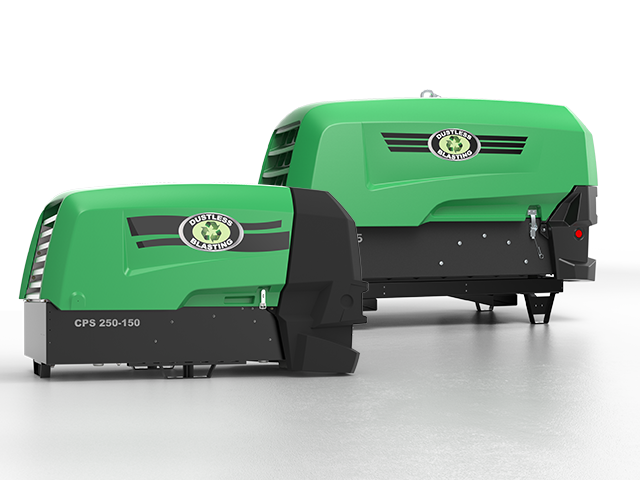
Example Using Nozzle Chart:
If you want to maintain 100 PSI using a number 5 blast nozzle (industry standard size), you would need at minimum 137 CFM from your compressor. Please keep in mind, that if you're using a breathing air respirator or a blast hose extension, you'll need even more CFM.
If you already own a compressor, use this chart to determine what nozzle size you would need to operate at a certain PSI.
Why Does Nozzle Size Matter?
As shown above, your nozzle size and the CFM on your air compressor go hand in hand. The blast pot is just the middle man. This means that your nozzle size and compressor will ultimately determine the production rates and efficiency.
Consider your nozzle size like a paintbrush. If one painter uses a small brush and another uses a large brush to paint an entire room, the painter with the larger brush will complete the job more quickly. The same principle applies to nozzle sizes. The larger the nozzle, the larger the surface area you can cover. However, you cannot go up to a larger nozzle size if you don't have enough CFM from your compressor to accommodate that.

Our recommendations
Because there are so many variables when media blasting, we often recommend a specific size nozzle for each blast pot to help make these calculations easier. Our recommendations target a system that's capable at least 100 psi of continuous blast pressure.
We know this is a lot to mull over. If you already own an air compressor, please give us a call and we can help to pair you with an appropriate size nozzle based on the CFM of your air compressor.
MINIMUM (60 CFM)
DB150®
We recommend pairing a 60 CFM compressor with our DB150® blast pot. This unit offers a continuous run time of 15 minutes before requiring a pause to refill with your chosen media . While the pot is shipped with an SLV-4 nozzle, at 60 CFM, you may want to consider purchasing a #3 nozzle for more blast pressure options.
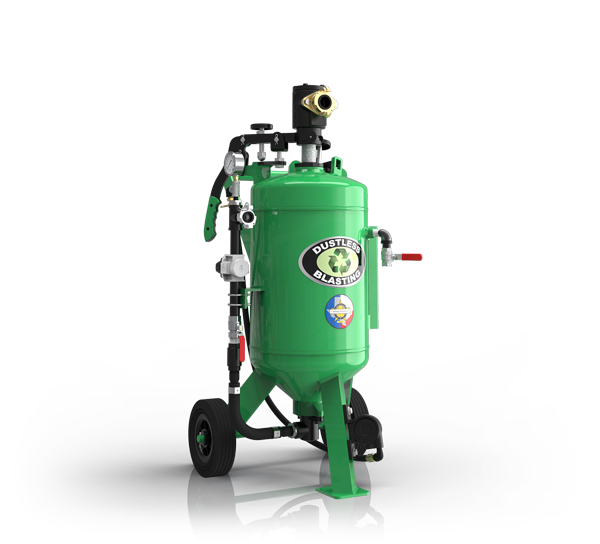
110 CFM
DB225® and DB350®
Both the DB225® and DB350® can operate off of a 110CFM compressor with a #4 nozzle. The main difference between these two blast pots is their size and continuous runtime.
The DB225® has a continuous run time of 30 minutes before you'll need to refill. It also is 20 inches shorter.
The DB350® has a continuous runtime of 45 minutes before you'll need to refill with media.
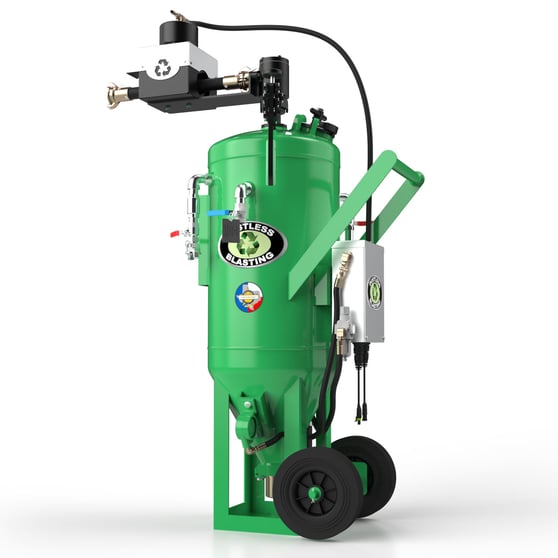
STANDARD (185 CFM)
DB500® and DB800®
For a 185 CFM compressor, we often recommend a DB500® blast pot paired with a #5 nozzle. This combination is a favorite for many blasters and gives you more than enough spare CFM to accomodate a blast hose extension and air respirator.
For even longer runtimes, consider pairing your 185 CFM compressor with a DB800® blast pot.
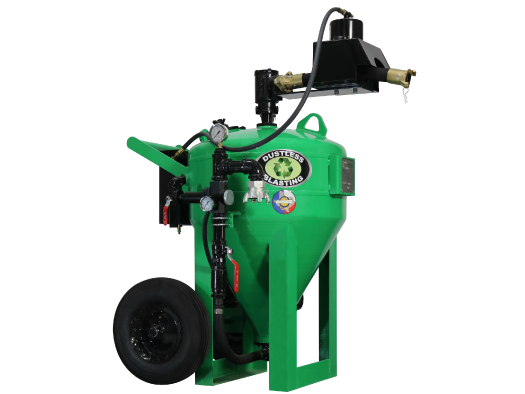
375 CFM OR GREATER
DB1500®
At this size of compressor, we recommend our larger DB1500® blast pot and an SLV-7 or SLV-8 nozzle. With a 2-3 hour runtime, work productivity is a concern of the past.
